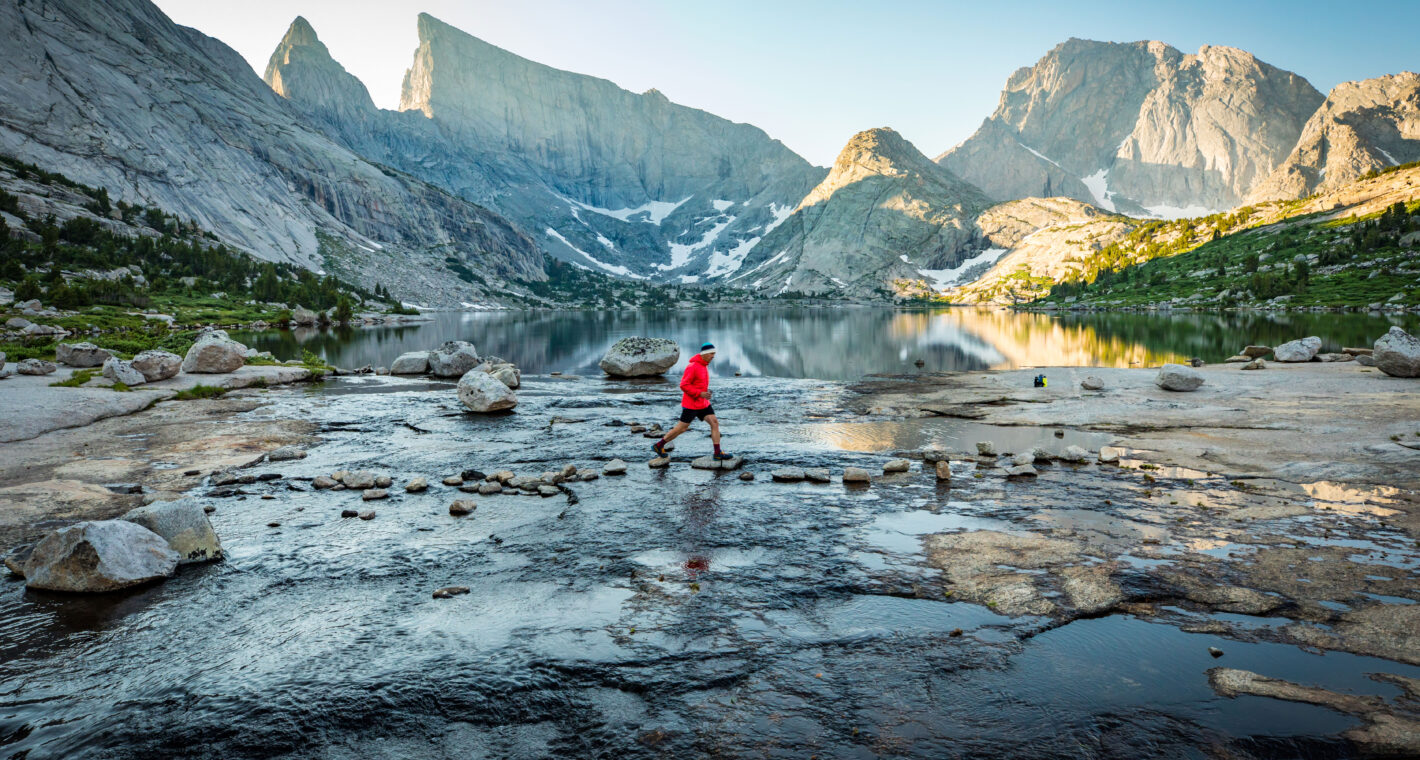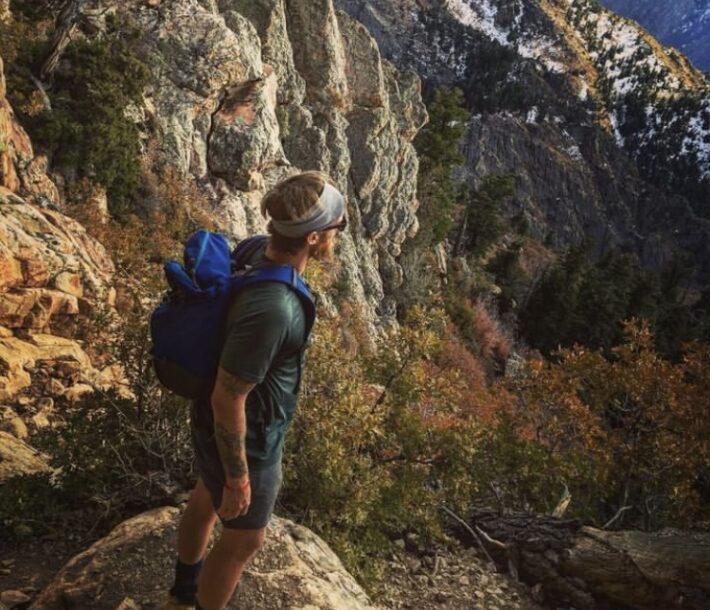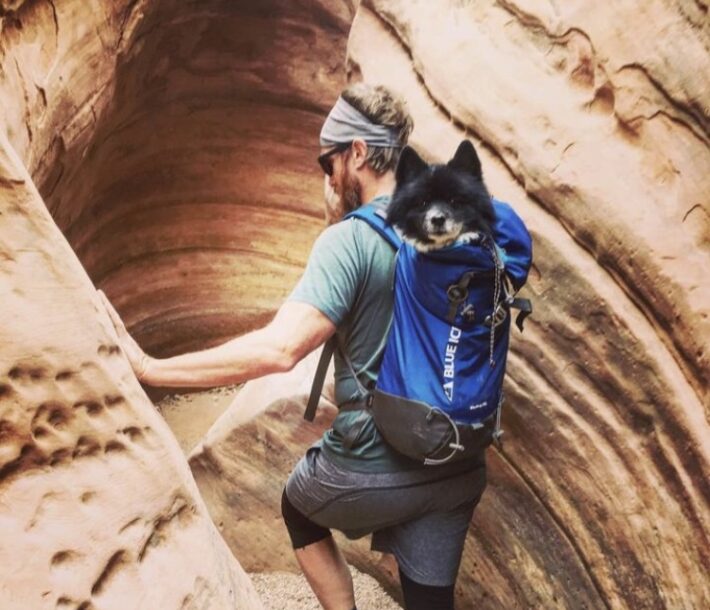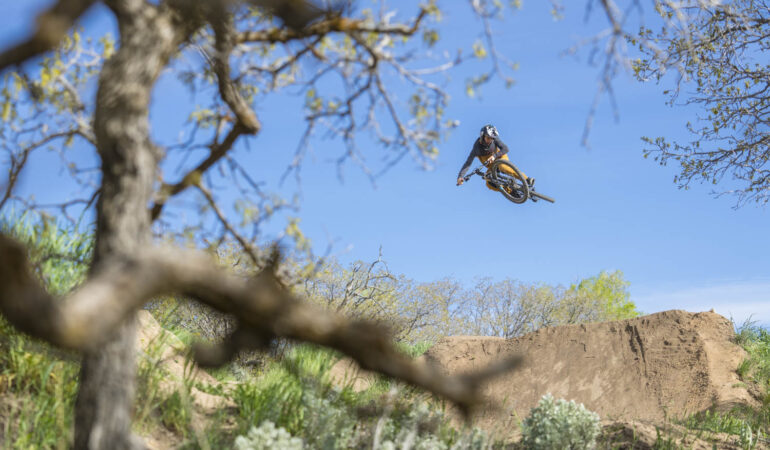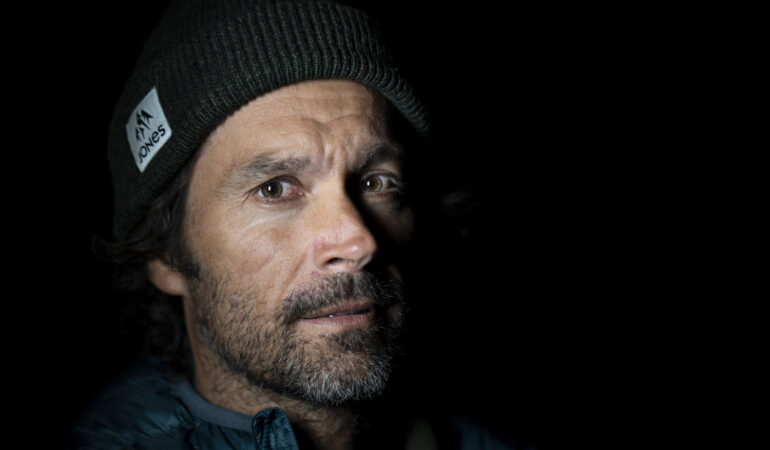It’s only now, after thousands of studies and the mixed results of prescription drugs and expensive therapy, that experts acknowledge that my mother’s generation had it right. Today it’s called “green exercise.” Back then it was just “clearing your head” or “get the hell out, you’re incorrigible.” The theories repeatedly proven by these studies have it that green exercise makes us happier, sharper, and more creative.
Because research changes public policy and my Mah does not, I won’t bemoan the fact that modernity discounts what we know is true in favor of studies. The hope with green exercise research is that instead of piping Xanax through the ductwork, we make simple and cheap policy decisions like reinstating recess and physical education in schools and planting trees in cities. Instead of immediately defaulting to drugs, a mental health provider might first suggest a hike.
And that’s the type of treatment we’re talking about. In a meta-study published in the British Journal of Sports Medicine in February, 2023, researchers identified more than 15,000 studies on exercise and depression. After narrowing it down, they determined that the subjects—all diagnosed with depression—alleviated their symptoms by 5 to 6.5 points simply by exercising. For context, those improvements are slightly better than what medication and therapy deliver.
Nature offers similar healing powers. In Japan, forest bathing and the incorporation of natural materials into the construction of schools, office buildings, and hospitals is proven to alleviate depression while lowering heart rates.



